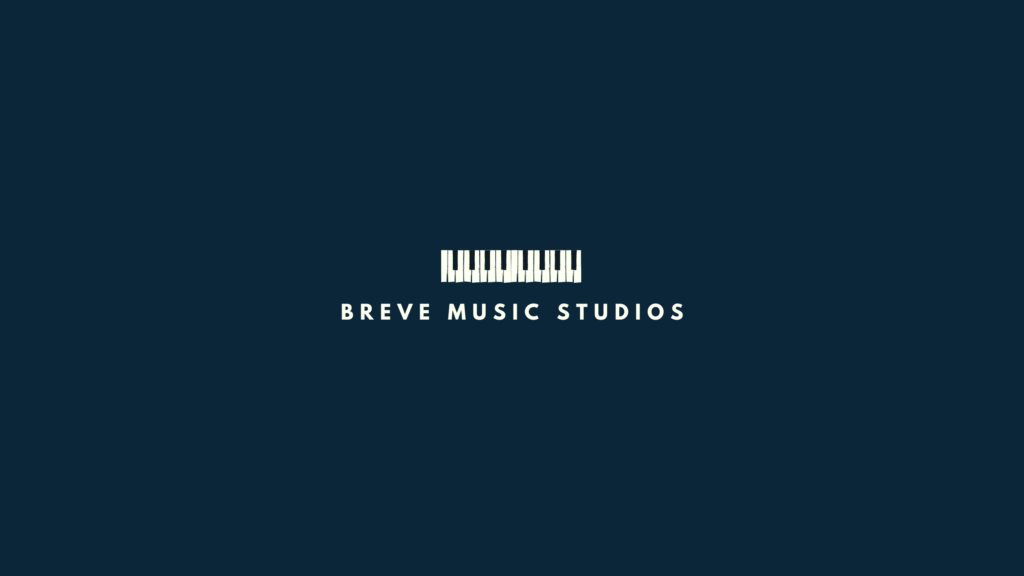Table of Contents

Intro to Gustav Holst
Gustav Holst (1874-1934) was a British composer and conductor, known for his innovative and eclectic compositions that drew inspiration from a wide range of musical traditions and genres. Born in Cheltenham, England, Holst displayed early musical talent and was encouraged by his father, a musician and organist, to pursue his musical studies. He attended the Royal College of Music in London, where he studied composition and trombone, and later became a sought-after trombonist in various orchestras.
Gustav Holst’s early works were heavily influenced by the music of Richard Wagner and Richard Strauss, but he soon developed his unique style, characterized by colorful harmonies, modal melodies, and intricate rhythms. His music was often imbued with a mystical and spiritual quality, drawing on his interest in astrology, Hindu philosophy, and the occult.
One of Holst’s most famous and enduring works is “The Planets,” a suite for large orchestra composed between 1914 and 1916. Each movement of the suite represents a planet of the solar system, and Holst’s vivid and evocative music captures the distinct character and mythology associated with each planet. “The Planets” remains one of the most frequently performed and recorded works in the classical repertoire.
In addition to his symphonic works, Holst composed chamber music, choral music, and vocal works. He was also a prolific composer of music for wind bands, an area of composition in which he made significant contributions, and his compositions for wind instruments are still widely performed today.
Gustav Holst was known for his innovative and experimental approach to composition, often incorporating unconventional scales, modes, and harmonies in his music. He was also a pioneer in incorporating folk music into his compositions, drawing on traditional melodies and rhythms from England and other cultures. His interest in folk music, combined with his fascination with Eastern philosophies and mythology, gave his music a unique and exotic quality that set him apart from his contemporaries.
Gustav Holst’s compositions were not always immediately appreciated, and he faced criticism and rejection from some quarters during his lifetime. However, his innovative and visionary approach to composition has since earned him a prominent place in the history of classical music. His music continues to be celebrated for its originality, expressiveness, and profound spirituality, and his contributions to the development of 20th-century music are widely recognized. Today, Gustav Holst is regarded as one of the most influential and groundbreaking composers of his time, and his legacy as a visionary and trailblazing composer endures to this day.
Compositions of Gustav Holst
Let’s take a closer look at three notable pieces by Gustav Holst and analyze their musical characteristics.
“Mars, the Bringer of War” from “The Planets” Suite (1914-1916)
“Mars, the Bringer of War” is the first movement of Holst’s famous orchestral suite “The Planets,” and it is known for its powerful and menacing character. The piece is written in 5/4 meter, which contributes to its asymmetrical and irregular sense of rhythm, creating a sense of unease and tension.
The piece begins with a thundering, repetitive ostinato in the low brass and percussion, symbolizing the relentless march of war. Holst employs dissonant harmonies, sharp brass accents, and driving rhythms to convey the destructive force of Mars, the Roman god of war.
The instrumentation in “Mars” is also noteworthy, with a large orchestra including a massive brass section, powerful percussion, and sweeping strings. Holst uses the full range of the orchestra to create a dramatic and intense sound palette. The piece features angular melodies, bold brass fanfares, and dramatic crescendos, all contributing to the overall sense of impending conflict and chaos.
“Jupiter, the Bringer of Jollity” from “The Planets” Suite (1914-1916)
In contrast to the martial character of “Mars,” “Jupiter” is a joyful and majestic piece that is often considered one of Holst’s most iconic compositions. The piece is written in a fast 4/4 meter and is characterized by its buoyant melodies, lush harmonies, and rich orchestration. The opening theme, known as the “Jupiter Hymn,” is a majestic and triumphant melody played by the brass, which is then developed and transformed throughout the movement.
One of the most distinctive features of “Jupiter” is its use of choral forces, with a full choir joining the orchestra in the final section of the piece. The choir sings a hymn-like setting of the melody, adding to the sense of grandeur and celebration. The piece also features intricate and virtuosic solos for various instruments, such as the trumpet, horn, and strings, showcasing Holst’s skillful and colorful orchestration.
“First Suite in E-flat for Military Band” (1909)
“First Suite in E-flat for Military Band” is one of Holst’s most well-known works for wind band, and it is considered a cornerstone of the wind band repertoire. The piece is written in three movements, each with its distinctive character and musical elements.
The first movement, “Chaconne,” features a stately and majestic theme that is developed through various variations, showcasing Holst’s skill in thematic development and variation techniques.
The second movement, “Intermezzo,” is a lighter and more playful piece with intricate rhythms and colorful harmonies. The final movement, “March,” is a rousing and energetic piece with driving rhythms, bold melodies, and dynamic contrasts, characteristic of traditional military marches.
Gustav Holst’s “First Suite” is known for its sophisticated and innovative approach to wind band composition, with its rich and varied harmonic language, intricate counterpoint, and creative use of instrumental colors. It is often praised for its musicality and expressive qualities, as well as its challenging technical demands on the performers.
Conclusion
Gustav Holst’s compositions are marked by their diverse influences, including folk music, Eastern philosophy, and astrology, and his unique style is characterized by innovative harmonies, colorful orchestrations, and complex rhythms. Whether it’s the powerful and martial character of “Mars,” the majestic and triumphant “Jupiter,” or the sophisticated and expressive “First Suite for Military Band, Holst’s works display a remarkable ability to create distinct musical atmospheres and evoke deep emotional responses.
Through his use of unconventional scales, bold harmonies, intricate rhythms, and creative orchestrations, Holst’s compositions challenge traditional tonal and formal conventions, pushing the boundaries of contemporary music during his time.
One of the defining features of Gustav Holst’s music is his use of unconventional scales and modes, such as the whole-tone scale, the pentatonic scale, and the Phrygian mode. This creates a unique and exotic sound palette that is often associated with his works. For example, in “Mars,” the use of dissonant harmonies and the relentless ostinato in the low brass and percussion create a sense of unease and tension, reflecting the destructive force of war.
In “Jupiter,” the majestic “Jupiter Hymn” played by the brass is based on the whole-tone scale, adding to its regal and otherworldly character.
Holst’s orchestrations are also notable for their boldness and creativity. He often uses a wide range of instruments in his compositions, including large brass sections, sweeping strings, and colorful percussion, creating a rich and vibrant sonic landscape. In “Mars,” the use of powerful brass accents, driving rhythms, and menacing percussion creates a sense of impending conflict and chaos.
In “Jupiter,” the addition of a full choir in the final section adds to the grandeur and celebration of the piece. In his “First Suite” for Military Band, Holst showcases his skillful and innovative approach to wind band composition, using intricate counterpoint and creative use of instrumental colors to create a sophisticated and expressive work.
Another noteworthy aspect of Holst’s music is his use of rhythm. He often employs irregular and asymmetrical meters, such as 5/4 in “Mars” and mixed meters in “Jupiter,” creating a sense of unpredictability and energy in his music. These complex rhythms add to the unique character and intensity of his compositions, making them challenging yet captivating for performers and listeners alike.
In addition to his technical innovations, Holst’s music also conveys deep emotional and philosophical themes. His compositions often reflect his interests in Eastern philosophy, astrology, and spirituality. For example, “The Planets” Suite is inspired by astrology, with each movement representing a planet and its associated astrological characteristics. Through his music, Holst explores the human condition, the mysteries of the universe, and the complexities of emotions, creating a profound and thought-provoking listening experience.
Gustav Holst’s compositions are known for their innovative harmonies, colorful orchestrations, complex rhythms, and deep emotional themes. His unique style challenges traditional conventions and pushes the boundaries of contemporary music, creating works that are rich, evocative, and timeless. Whether it’s the powerful and menacing “Mars,” the majestic and triumphant “Jupiter,” or the sophisticated and expressive “First Suite,” Holst’s music continues to captivate audiences and inspire musicians around the world.
Additional Reading
Now that you’ve learned more about Gustav Holst and his compositions, take some time to read our other articles.
Do you use orchestral strings instruments in your mixes? Read our article about the 10 of the top orchestral string VSTs. You can also learn the fundamentals of music publishing here.
Learn about other composers: Percy Grainger, Charles-Valentin Alkan, Eric Whitacre, and Fela Sowande
Breve Music Studios publishes music to Spotify, YouTube Music, Amazon Music and more. Follow our pages on Facebook, Instagram, Twitter, TikTok, and YouTube.
Listen to our ensembles: Breve Orchestra, Breve Music Ensemble, Breve Low Brass Ensemble, Breve Woodwind Ensemble, and Jermaine Harris on Spotify.

4 thoughts on “Gustav Holst | Best English Composers of the 20th Century”
Comments are closed.